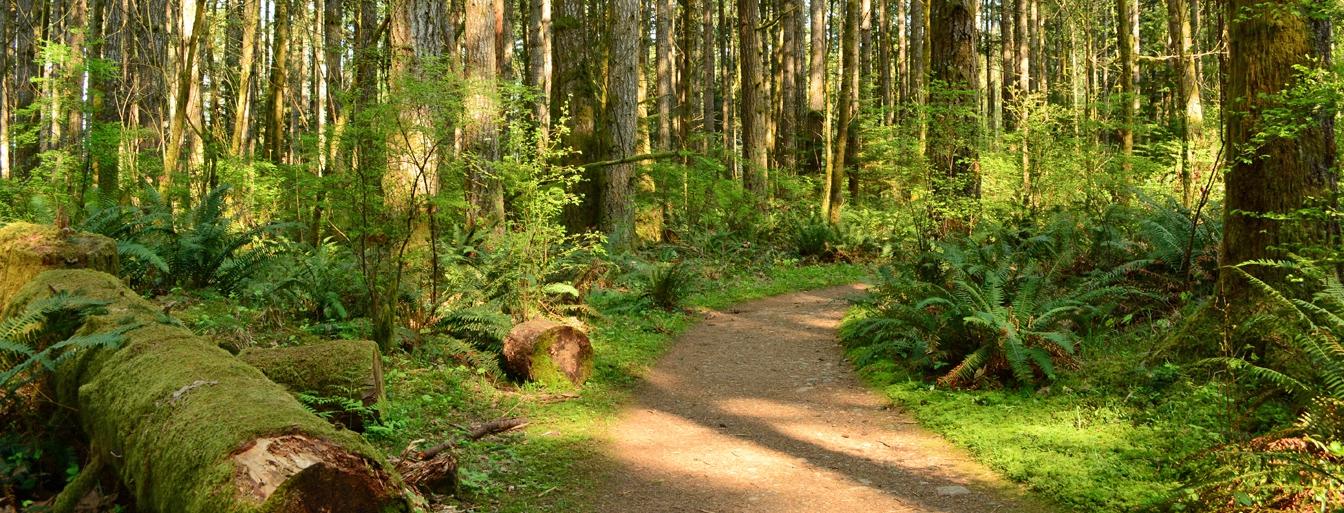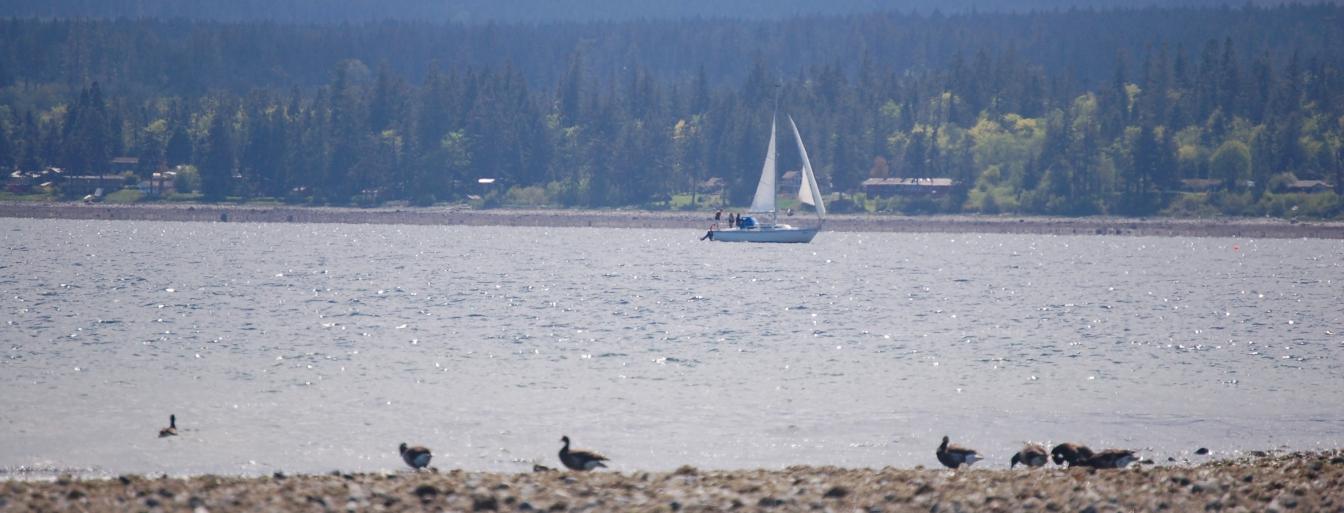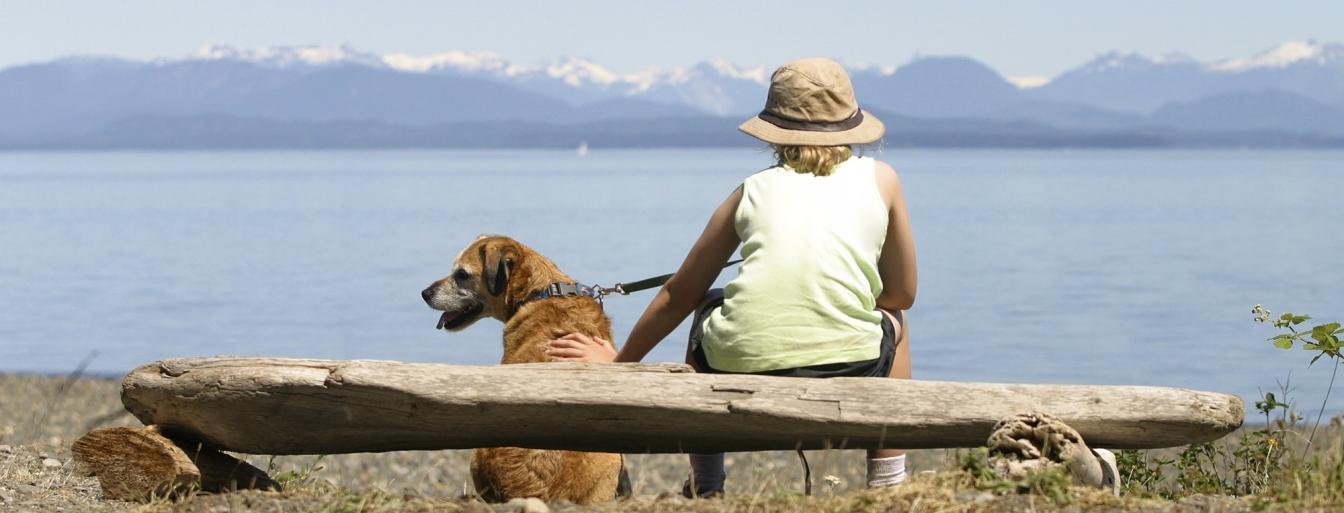Use Caution When Visiting Parks During the Winter Season
Throughout the winter season, the Comox Valley Regional District (CVRD) often experiences extreme weather events, including rain, wind and snow. This can create hazards within our park systems such as downed trees and high wave activity.
Please use caution if you are enjoying one of our many regional parks and, for your own safety, refrain from entering parks during severe weather events.
Check for Ticks After Park Visits
The B.C. Centre for Disease Control (BCCDC) has identified the Comox Valley as a high-risk area for encountering a tick carrying bacteria that can lead to Lyme disease. In British Columbia the western black-legged tick Ixodes pacificus poses the biggest threat of carrying it. Recent studies of ticks collected in B.C. found less than one per cent were infected with the bacterium - Borrelia burgdorferi. The greatest risk of tick bite occurs during the spring and summer. Ticks live in tall grass and forested areas and latch on to people or animals as they pass by. They burrow part way into the skin, bite, draw blood, and then drop off.
The first step in dealing with ticks is prevention:
- Wear insect repellents authorized by Health Canada.
- Put on a light-coloured, long-sleeved shirt.
- Tuck your pants into your socks.
- Shower when you get home to prevent a tick from latching.
Learn more about the risk of ticks and how to deal with a bite:
Fact Sheet : Ticks in a changing environment by Dr. Negar Elmieh
How climate and land use change can increase tick density (Nov 2022 research update)
Lyme risk mapping for Island and BC
CBC News: high-risk areas for ticks in BC highlighted in new online map
Tread Lightly
Please remember that our parks protect all native plants, animals, and their homes. This includes rocks, sand, driftwood, and shells. Dumping of yard waste and fill in a park is unlawful, destructive to natural ecosystems, and expensive to clean up. Using park garbage cans for household waste or to get rid of large bags of garbage is also not permitted.



